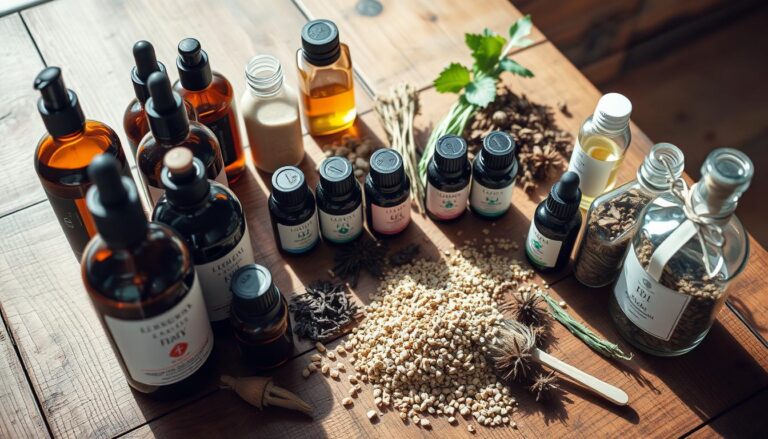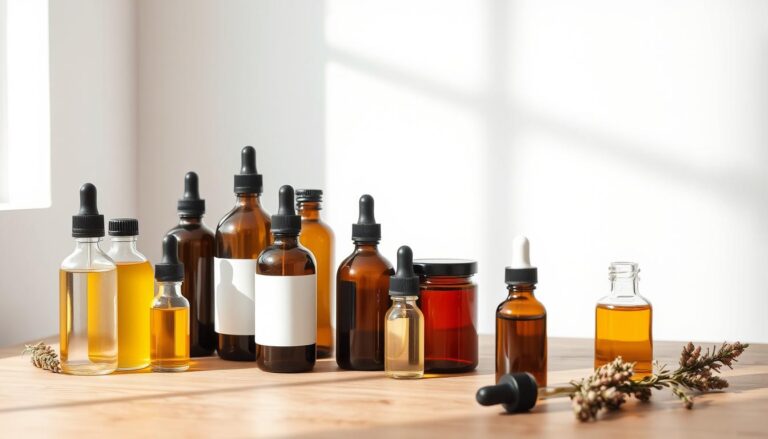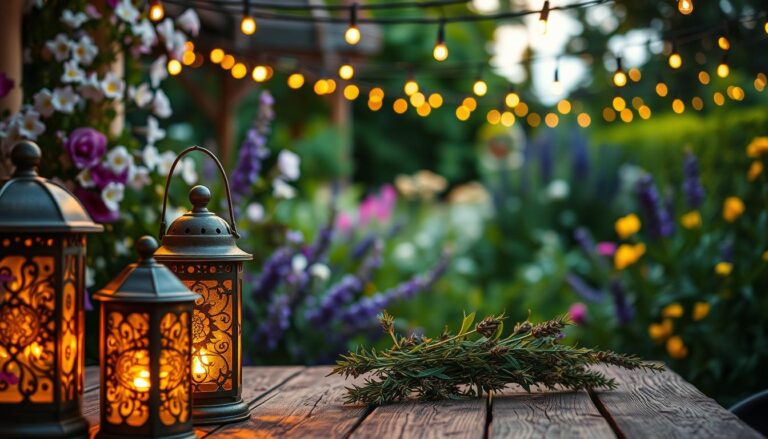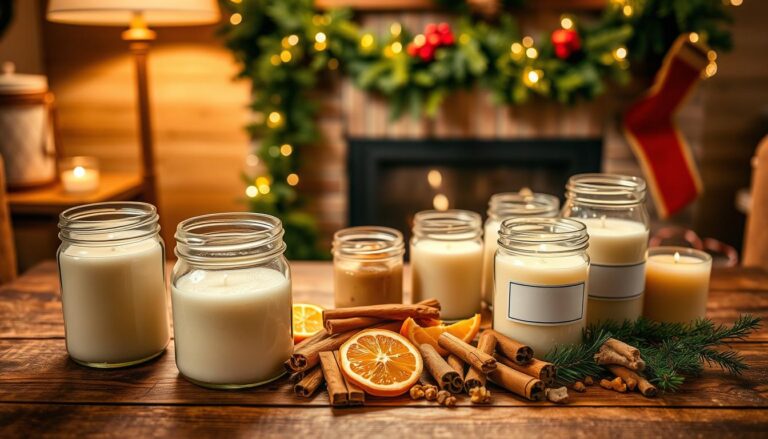Have you ever wondered how to turn your favorite scents into custom aromatherapy creations? Then you need to checkout this essential oil blending guide for top, middle, and base tones.
Like a musical symphony, fragrance notes work together to create balanced, evolving aromas that enhance wellness routines.
This guide simplifies the process by showing how top, middle, and base notes interact over time.
Scents behave differently based on how quickly they evaporate.
Top notes hit your senses first but fade fast, while base notes linger for hours.
Using the 30/50/20 ratio helps balance these layers:
- 30% bright citrus or mint,
- 50% floral or herbal tones,
- 20% deep woods or spices.
This structure ensures your blend smells great from first spray to final whisper.
Modern enthusiasts love this method because it combines science with creativity.
You’ll learn to predict how lavender mingles with cedarwood or why bergamot brightens vanilla.
The visual approach here makes it easy to experiment confidently, whether you’re crafting perfumes or stress-relief diffuser mixes.
Key Takeaways
- Fragrance notes work like music layers—top (bright), middle (balancing), and base (long-lasting)
- The 30/50/20 ratio creates balanced blends that evolve over hours
- Evaporation rates determine how scents interact and change
- Visual guides simplify predicting blend outcomes
- Proper techniques boost both aroma quality and wellness benefits
Understanding the Art of Essential Oil Blending
Scents shape our daily experiences more than you might realize. From crisp morning air to cozy evening rituals, aromatic combinations influence moods and memories.
This craft merges nature’s chemistry with personal creativity, offering tools to elevate your wellness journey.
Exploring Aromatherapy and Its Benefits
Aromatherapy isn’t just about nice smells. It’s a 6,000-year-old practice.
Ancient Egyptians used fragrant oils in rituals, while Chinese healers blended herbs for balance.
Today, science confirms how specific scents can calm nerves or sharpen focus.
Modern blends do double duty: They create inviting spaces and deliver targeted support.
For example, citrus scents might boost energy, while lavender promotes relaxation.
It’s like having a Swiss Army knife for emotional and physical needs.
Why Blending Matters for Your Well-Being
Single oils work, but mixtures and blends unlock new possibilities.
When oils combine, their properties interact. Just like musicians in an orchestra.
Peppermint’s cool zing pairs perfectly with earthy frankincense for stress relief.
Custom blends let you solve multiple challenges at once.
Need better sleep and allergy support?
Lavender with eucalyptus could help you get better rest.
This approach mirrors how your body systems connect.
Everything works together:
- Target specific goals: Focus blends for work, calming mixes for evenings
- Enhance effects: Some oils boost others’ absorption or longevity
- Reduce adaptation: Rotating scents keeps your senses responsive
Your Essential Oil Blending Guide
Crafting personalized aromatic mixtures becomes simple when you understand foundational methods.
Three approaches help create balanced results: purpose-driven combinations, scent harmony, and layered notes.
Each method serves different needs, from targeted wellness support to artistic expression.
Getting Started with Blending Techniques
Begin with equal parts of 2-3 components.
Try 2 drops lavender + 2 drops bergamot for relaxation.
Test ratios on paper strips before mixing in bottles. Adjust slowly—add 1 extra drop of peppermint if your energy blend feels too mild.
| Method | Focus | Example Components |
|---|---|---|
| Purpose | Wellness goals | Lavender + Cedarwood (calm) |
| Scent | Aromatic balance | Grapefruit + Thyme (bright/earthy) |
| Notes | Time-based layers | Lemon + Geranium + Frankincense |
Balancing Scents for Therapeutic Effects
Pair citrus bursts with earthy tones for lasting complexity.
Citrus oils lift moods initially, while woodsy scents provide grounding depth.
For stress relief, combine ylang-ylang’s sweetness with the herbal sharpness of clary sage.
Track how mixtures change over hours. A morning blend might start zesty, mellow into floral tones, then leave a soft vanilla trace.
This natural progression makes your creation feel alive.
Creating Harmonious Blends with Top, Middle, and Base Notes
Imagine building a scent like composing music. Each layer plays its part at different moments.
Top notes sparkle like a flute’s opening melody, middle notes carry the theme, and base notes provide the deep cello undertones.
This layered approach helps your creations develop character over time.
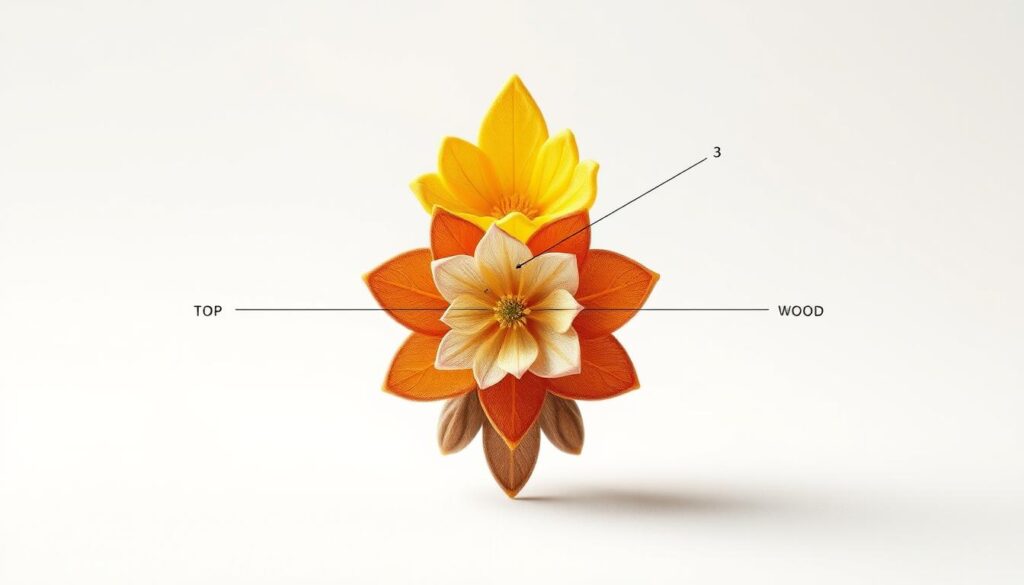
Identifying and Selecting Top Note Oils
Top notes greet your nose first but vanish quickly. Citrus oils like lemon or bergamot work well here.
Their zesty freshness creates an inviting introduction before fading into deeper tones.
Choose these for instant impact. Eucalyptus and sage also fit this category.
They’re perfect when you want a blend that announces itself boldly.
| Note Type | Examples | Percentage |
|---|---|---|
| Top | Lemon, Bergamot, Sage | 30% |
| Middle | Lavender, Cinnamon, Rosemary | 50% |
| Base | Cedarwood, Patchouli, Vetiver | 20% |
The Role of Middle and Base Notes in Aroma Development
Middle notes form the heart of your blend. Floral scents like geranium or herbal tones from tea tree stabilize the aroma.
These create the main identity people remember.
Base notes linger longest, adding depth. Frankincense or cedarwood anchor lighter scents.
They ensure your mixture doesn’t fade too fast, like a slow-burning candle.
If you want to go deeper on this subject read our guide on essential oil blending.
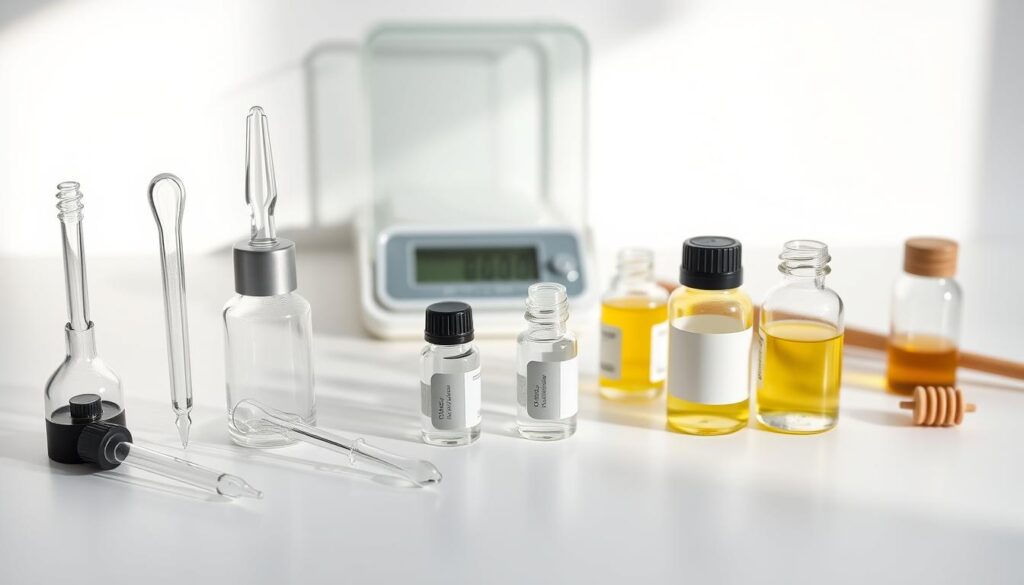
Tools and Techniques for Effective Oil Blending
The right tools transform random mixing into precision craftsmanship. Quality equipment ensures your aromatic oils smell amazing while keeping you safe. Here’s what you need to begin crafting like a pro.
Essential Oil Blending Tools and Safety Tips
Glass bottles outperform plastic by preventing chemical reactions. Dark-colored containers shield mixtures from light damage.
Always use 1/4 oz or smaller sizes for test batches.
Precision droppers control every drop when combining scents. Start with 10 total drops as it’s easy to adjust without waste.
Record each attempt: “2 drops peppermint + 3 drops grapefruit” creates repeatable success.
Gloves protect hands during sessions with undiluted materials. For skin use, mix 15 drops into 30ml of carrier oil.
This ratio balances potency and safety for daily routines.
Test new creations on perfume blotters before finalizing. Scents evolve—what smells harsh at first often mellows beautifully.
Label stored bottles with dates and ingredient percentages.
Keep mixtures in cool, dark spaces to preserve freshness. Tight seals prevent oxidation, extending shelf life by months.
Proper storage lets you enjoy custom aromas longer.
Blending by Purpose and Scent: Customizing Your Recipe
Want to make a custom scent for yourself using essential oils?
Then think of fragrance families as musical genres. Some naturally harmonize, while others need careful tuning
Balance mixtures to cater for your specific needs by matching scents using their aromatic profiles.
Start by choosing your primary goal: energy, calm, focus, or mood enhancement.
Mixing Oils by Function and Mood
Floral scents like lavender pair beautifully with earthy tones. Try 3 drops lavender + 2 drops cedarwood for bedtime relaxation.
Citrus bursts blend with herbal freshness. Grapefruit and rosemary make a crisp morning pick-me-up.
| Family | Best Pairings | Mood Effect |
|---|---|---|
| Citrus | Floral, Herbal, Spicy | Energizing |
| Floral | Earthy, Citrus, Spicy | Calming |
| Herbal | Earthy, Spicy | Focus |
| Spicy | Woody, Citrus | Warming |
| Woody | All Families | Grounding |
Need a stress-relief blend?
Combine ylang-ylang (floral) with bergamot (citrus) and frankincense (woody). The floral note softens citrus zing, while woody tones add lasting depth.
Test ratios on cotton balls first—adjust until the aroma feels balanced.
Lavender works double duty in many recipes. Mix it with peppermint for tension relief or sweet orange for joyful vibes.
Remember: lighter scents fade faster, so use more drops of base notes like sandalwood for staying power.
Experimenting with Ratio, Dilution, and Creative Combinations
Perfecting aromatic creations requires both precision and playful experimentation.
Think of your workspace as a laboratory where each drop matters.
A 10-drop test batch lets you refine formulas without waste.
Try this starter recipe:
- 4 parts lavender,
- 4 parts clary sage,
- 2 parts neroli.
Measure carefully, noting every adjustment like a scientist tracking results.
Tips for Testing and Adjusting Your Blend
Build your mixtures from the ground up.
Begin with 1-3 drops of base components like vetiver or vanilla. Add 2-4 drops of middle tones such as rosemary or chamomile.
Finish with bright top notes like lime or peppermint. This layering technique ensures balanced evaporation patterns.
Let new creations breathe for two days before judging.
Scents transform over time, what starts sharp often mellows into harmony.
For skin applications, mix 15 drops into 30ml of carrier liquid. Dark glass bottles protect delicate compounds from light damage while preserving their potency.
Mastering this art-science balance means embracing patience. Track every tweak in a dedicated notebook.
Small changes, like swapping bergamot for grapefruit, can shift a blend’s mood from energizing to calming.
Your best mixtures will emerge through thoughtful iteration and creative curiosity.
If you are just getting started with essential oil mixing follow up with this article.
FAQ
How do top, middle, and base notes work together in a blend?
Top notes give your first impression with lighter scents like citrus, middle notes add body with floral or herbal aromas, and base notes linger longer with earthy or woody tones. Balancing these creates a harmonious, lasting fragrance.
What’s the connection between aromatherapy and blended scents?
Blending allows you to combine therapeutic properties from different oils. For example, pairing lavender (calming) with peppermint (invigorating) can create a balanced effect tailored to your needs.
Can I mix oils directly on my skin?
Always dilute concentrated blends with a carrier like jojoba or coconut oil before applying. Patch-test first to avoid irritation, especially if you have sensitive skin.
What tools do I need to start experimenting?
Use glass droppers for precision, amber or cobalt bottles to protect from light, and a notebook to track ratios. Start with 2-3 oils to keep blends simple and manageable.
How do I fix a blend that smells too strong?
Add a neutral carrier oil to dilute it, or introduce a complementary scent like vanilla to soften sharp edges. Let the mixture sit for 24 hours—aromas often mellow over time.
What’s a safe ratio for beginners?
Try the 30-50-20 rule: 30% top notes, 50% middle notes, and 20% base notes. Adjust based on your preference—stronger woodsy tones? Increase the base slightly!
Can I use blends in diffusers and skincare?
Yes! For diffusers, use 3-5 drops per 100ml water. In skincare, dilute to 1-2% concentration (about 6 drops per ounce of carrier oil) to avoid sensitivity.
How long do homemade blends stay fresh?
Most last 6-12 months if stored in dark glass bottles away from heat and sunlight. Citrus-based mixes may expire faster—use within 3-6 months for best results.
